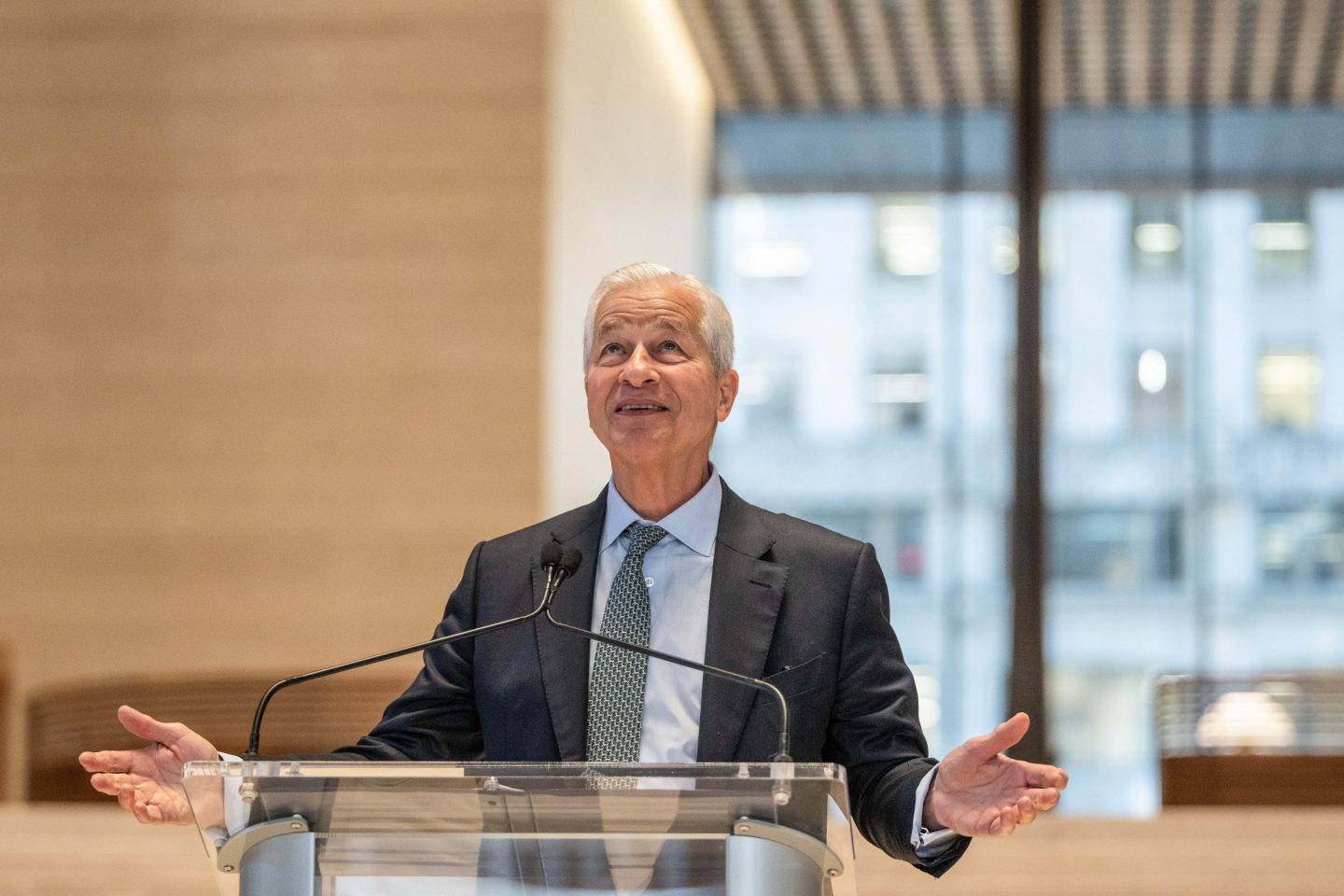They’re ugly to look at and unpleasant to use. QR codes (short for “quick response”), the square, scannable, black and white barcodes, proliferated with the rise of smartphone cameras as a way to bridge the physical and digital worlds.
If you see one in the wild, just scan it with your smartphone camera, and your phone will load whatever information its creator wants to share. QR codes have cropped up on concert posters (scan to buy tickets!), magazines (scan to watch a video!), and tea bags (scan for nutritional info?).
They’ve become a scourge of the design world, not just because of how ugly they are, but because they deliver a bad experience. To scan one, you needs to download a specific app that can read QR codes. Often, the apps are slow to read the codes, and once they do, they lead to slow-loading mobile websites. Heinz (KHC) famously put a QR code on its ketchup bottles for a contest—except it forgot to renew the web address linked to the code, and a German porn site snapped it up. Oops. In general, QR codes are a groan-worthy punch line in the tech world.
Get Data Sheet, Fortune’s technology newsletter.
But to those working on messaging apps, QR codes are the future. Kik, a Waterloo, Ontario-based messaging app that’s popular with teenagers, is hoping that its own Kik Codes will proliferate. The company’s CEO Ted Livingston envisions a world where codes are everywhere, and we use them to place orders, buy things, and save information on them. Apparel company Kipling (VFC) will tomorrow launch an experiment using Kik codes in its stores so shoppers can “talk to Kipling” on Kik.
“There’s a real world all around you, but today you can’t really interact with it all through your phone,” Livingston says. “Kik Codes pull the real world into your phone and let you interact with it through bots.”
Kik believes its codes are easier and faster than regular QR codes because users will already have the Kik app, which is already attached to an account. More importantly, they know what to expect when they scan a code. It leads users to a “bot” experience, where users can message with a chat bot to transact or learn more.
It will take some time to catch on. So far, the most common use case of messaging app codes is to follow new accounts. Snapchat generates “snapcodes” for each user to help them share their accounts with friends and find new followers. (It is otherwise difficult to find new accounts to follow on Snapchat.) As my colleague Kia Kokalitcheva recently reported, Snapchat’s built-in camera also scans QR codes, which could be a sign of future integration with codes.
The use of codes in messaging apps follow the footsteps of WeChat, the Chinese messaging giant. In China, WeChat codes are all around, and people use them for things like ordering at restaurants and paying at vending machines.
To see how businesses could use Facebook Messenger, watch:
Kik aspires to be the “WeChat of the West,” but the U.S. market has several key differences making that difficult. The biggest one is that iMessage, the iPhone’s built-in messaging app, is good enough that most people haven’t needed a separate messaging app. Part of the reason Kik has thrived with young people that have smartphones without cellular service, so they use messaging services to chat with their friends over Wifi.
Despite that, messaging apps have thrived in recent years, with Snapchat racking up 100 million daily active users. Kik has 300 million registered users (it won’t say how many are active). Facebook Messenger has 900 million monthly active users. All three have added capabilities beyond messaging to entice U.S. users to their services. Done correctly, the rise of bots and QR codes may make them even more attractive,
Kik and its peers have a long way to go before restaurants and vending machines start displaying QR codes everywhere. Livingston acknowledges that. “Until you really start to see these when you walk around the world in your daily life, it’s quite abstract,” he says.











